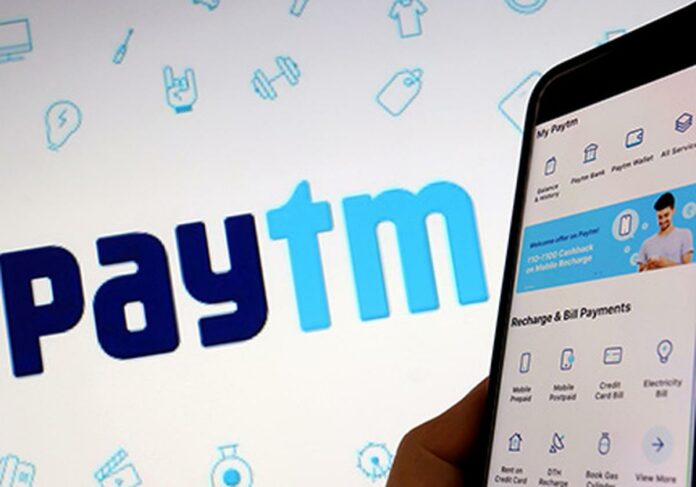Paytm‘s top management—Vijay Shekhar Sharma, Founder, MD, and CEO, Madhur Deora, President and Group CFO, and Bhavesh Gupta, COO—explained the business model to analysts in Mumbai. Management discussed growth and margin drivers.
Consumer Payments: Paytm App revenue.
Merchant Payments: Revenue from merchant store, app, and website payments and Soundbox and POS machine subscriptions. UPI Peer-to-Merchant incentives
Merchant commerce and cloud services: Advertising, ticketing, and deal vouchers generate revenue. Credit cards are included.
Paytm’s payments business attracts credit distribution customers. Not just visitors or signups, transacting users complete a payment transaction. This conservative method accurately represents the company’s user base and platform engagement. Consumers can pay mobile bills, rent, utilities, education, wallet funds, and money transfers.
The company helps merchant partners grow by offering solutions to seamlessly accept payments from a variety of instruments and devices to reconcile transactions. Paytm’s financial institution partners lend to merchants based on its payment flow insights.
After establishing revenue metrics and how the payments business has become a customer acquisition tool, let’s see how it’s compounding growth. Management earned from subscriptions and payment processing.
Paytm Wallet, UPI, debit, credit, and net banking are available to consumers and merchants. Payment processing yields 7-9 bps net payment margin on Gross Merchandise Value (GMV). Processing all payments, including UPI, earn government incentives. The firm expects higher UPI government incentives this year due to higher transaction volumes.
Credit card charges for Paytm Wallet fund transfers also boost net payment margins. This strategy is profitable because credit card acceptance is rarer than QR code use in stores. Credit cards fund wallets more each quarter. This boosts Indian credit card spending and the company’s wallet economics. The company’s ecosystem accounts for most national credit card spending.
Paytm POS devices boost sales with affordable and convenient EMIs. Businesses can offer EMIs at the point of sale using Paytm’s large partner network. Paytm monetizes POS EMI aggregation.
Paytm’s credit business includes Postpaid (BNPL), Personal, and Merchant Loans. Short loan tenors move lenders’ loan books quickly. High turnover gives lenders confidence in collection and asset quality.
Merchants can boost sales with Paytm App tickets, deals, and gift vouchers. The commerce business’s second-quarter GMV was 2,021 crores, and revenue was 125 crores or 6% of GMV
Follow and connect with us on Facebook, LinkedIn & Twitter

